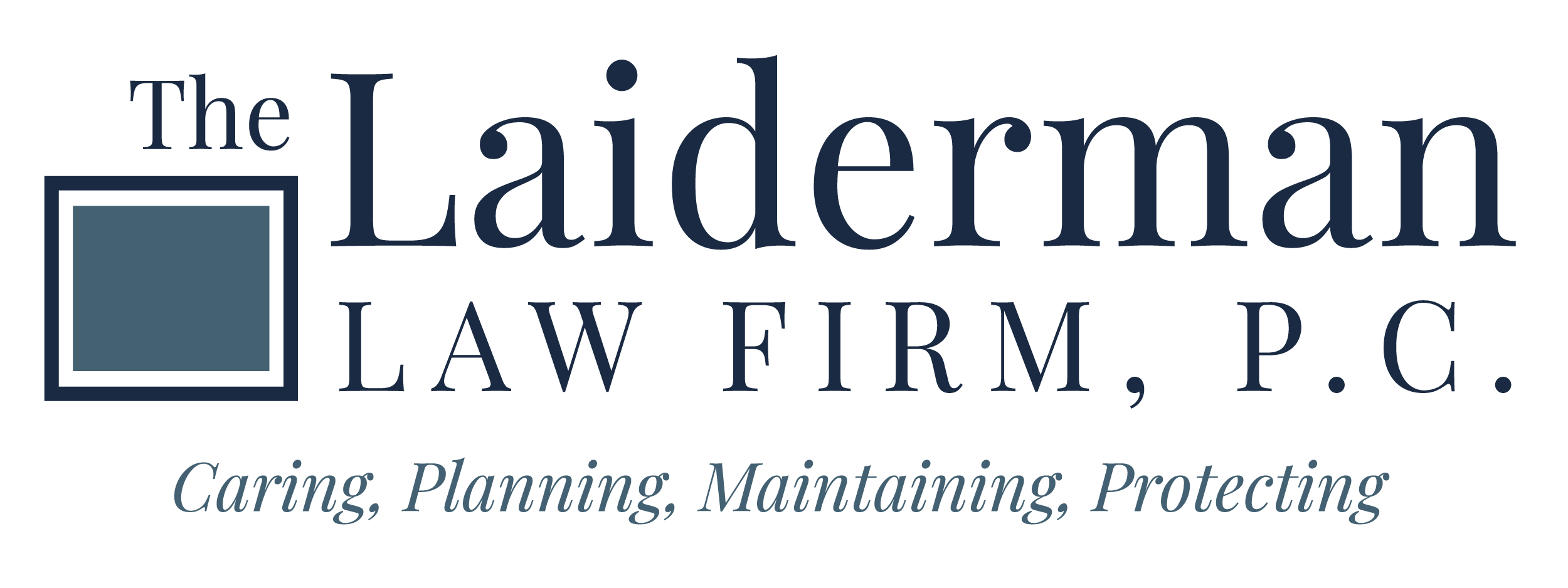As Americans adjust to a changing public health landscape and historical changes to the economy with the coronavirus impacting the country, certain opportunities in wealth planning are becoming more valuable, according to the article “Impact of COVID-19 on Estate Planning” from The National Law Review. Here is a look at some strategies for estate plans:
Basic estate planning. Now is the time to review current estate planning documents to be sure they are all up to date. That includes wills, trusts, revocable trusts, powers of attorney, beneficiary designations and health care directives. Also be sure that you and family members know where they are located.
Wealth Transfer Strategies. The extreme volatility of financial markets, depressed asset values,and historically low interest rates present opportunities to transfer wealth to intended beneficiaries. Here are a few to consider:
Intra-Family Transactions. In a low interest rate environment, planning techniques involve intra-family transactions where the senior members of the family lend or sell assets to younger family members. The loaned or sold assets only need to appreciate at a rate greater than the interest rate charged. In these cases, the value of the assets remaining in senior family member’s estate will be frozen at the loan/purchase price. The value of the loaned or sold assets will be based on a fair market value valuation, which may include discounts for certain factors. The fair market value of many assets will be extremely depressed and discounted. When asset values rebound, all that appreciation will be outside of the taxable estate and will be held by or for the benefit of your intended beneficiaries, tax free.
Grantor Retained Annuity Trusts (GRATS). The use of a GRAT allows the Grantor to contribute assets into a trust while retaining a right to receive, over a term of years, an annuity steam from the Trust. When the term of years expires, the balance of the Trust’s assets passes to the beneficiaries. The IRS values the ultimate transfer of assets to your intended beneficiaries, based on the value of the annuity stream you retain and an assumed rate of return. The assumed rate of return, known as the 7520 rate comes from the IRS and is currently 1.8%. So, if you retain the right to receive an annuity stream from the trust equal to the value of the assets plus a 1.8% rate of return, assets left in the trust at the end of the term pass to your beneficiaries transfer-tax free.
Charitable Lead Annuity Trusts. Known as “CLATs,” they are similar to a GRAT, where the Grantor transfers assets to a trust and a named charity gets an annuity stream for a set term of years. At the end of that term, the assets in the trust pass to the beneficiaries. You can structure this so the balance of the assets passes to heirs transfer-tax free.
Speak with your estate planning attorney about these and other wealth transfer strategies to learn if they are right for you and your family. And stay well!
Reference: The National Law Journal (March 13, 2020) “Impact of COVID-19 on Estate Planning”


